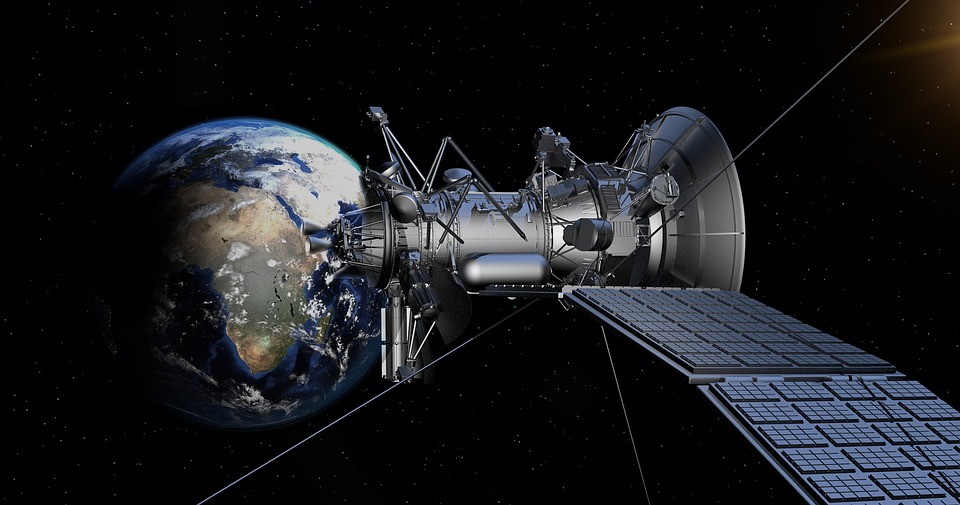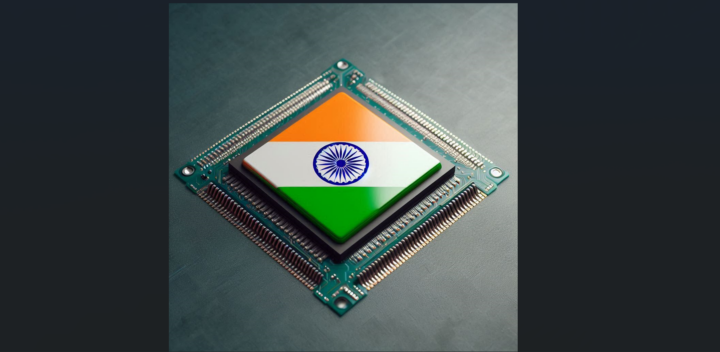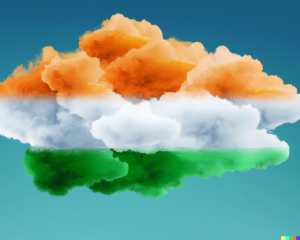India just launched a total of 104 satellites simultaneously into space and intends to keep up the pace.
Doubly interesting, is that a US space expert sees this as enviable rather than concerning.
Moriba Jah, Associate Professor of Aerospace Engineering and Engineering Mechanics at the University of Texas, told the Senate Commerce, Science and Transportation Subcommittee on Space, “We should not be concerned with congestion. We should be concerned with not understanding where these things are going, how they are behaving so that we can help businesses and commerce thrive.”
The problem, as Jah sees it, is that the US Congress is never going to be able to fund enough satellites for commercial use, and that the private sector has not stepped up its game to produce enough itself. This will leave US business behind India’s burgeoning market.
Co-founder and CEO of Relativity, Tim Ellis, told The Wire that “Many small satellite customers look to foreign launches from India, Russia and Europe. The use of an offshore drone ship launch platform operating under an FAA license could potentially alleviate this problem by allowing for launches in international waters.”
But while the US plays catch up, this all raises the question of how much rubbish we as a planet are leaving floating in our orbit. The Hindustan Times reported that there are currently around 3,000 working satellites in orbit which is just 0.6% of the total 500,000 pieces of dead satellite flying around in space. And that, in turn, is just a proportion of millions of pieces of abandoned launch-stage vehicles and other mission-related debris.
Every so often old satellites will crash into each other, for example, creating thousands more pieces of debris. These pieces then hurtle around the earth at 30,000 km per hour. At such speeds pieces of space junk turn into tiny missiles, so dangerous that the International Space Station has to protect itself from anything larger than a couple of inches across. Even a flake of paint can cause a chip in ISS’ quadruple glazed fused silica and borosilicate glass windows.
India is well placed to launch spacecrafts, its proximity to the equator providing added thrust, so lower fuel loads are required. And combining the launches of multiple satellites lowers the amount of space junk created by the launch vehicles. As satellites become smaller and smaller this trend will also improve. But at some point we will have to find a way to slow down space junk so that it burns up harmlessly in our atmosphere.
Earlier this year Japan launched a mission to test technology which would clear up space junk. Sadly the mission ended in failure, leaving our orbit with another dead spacecraft floating around.












